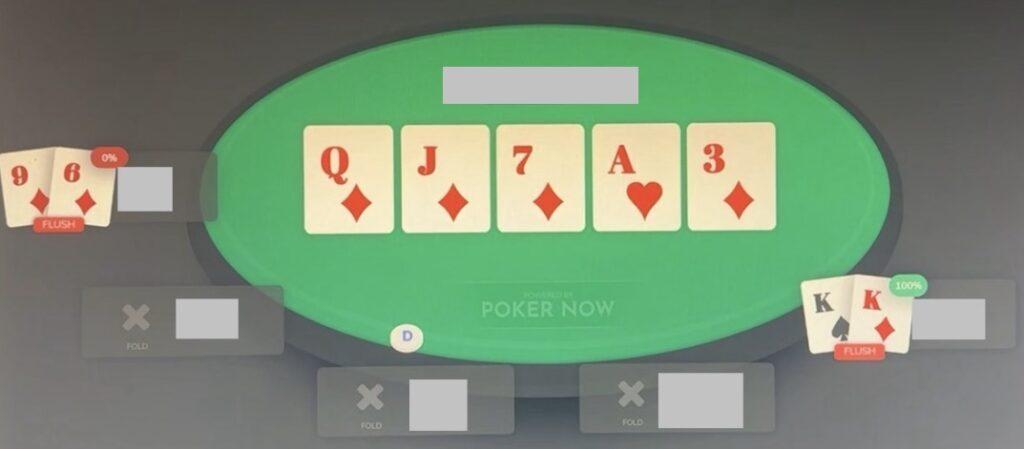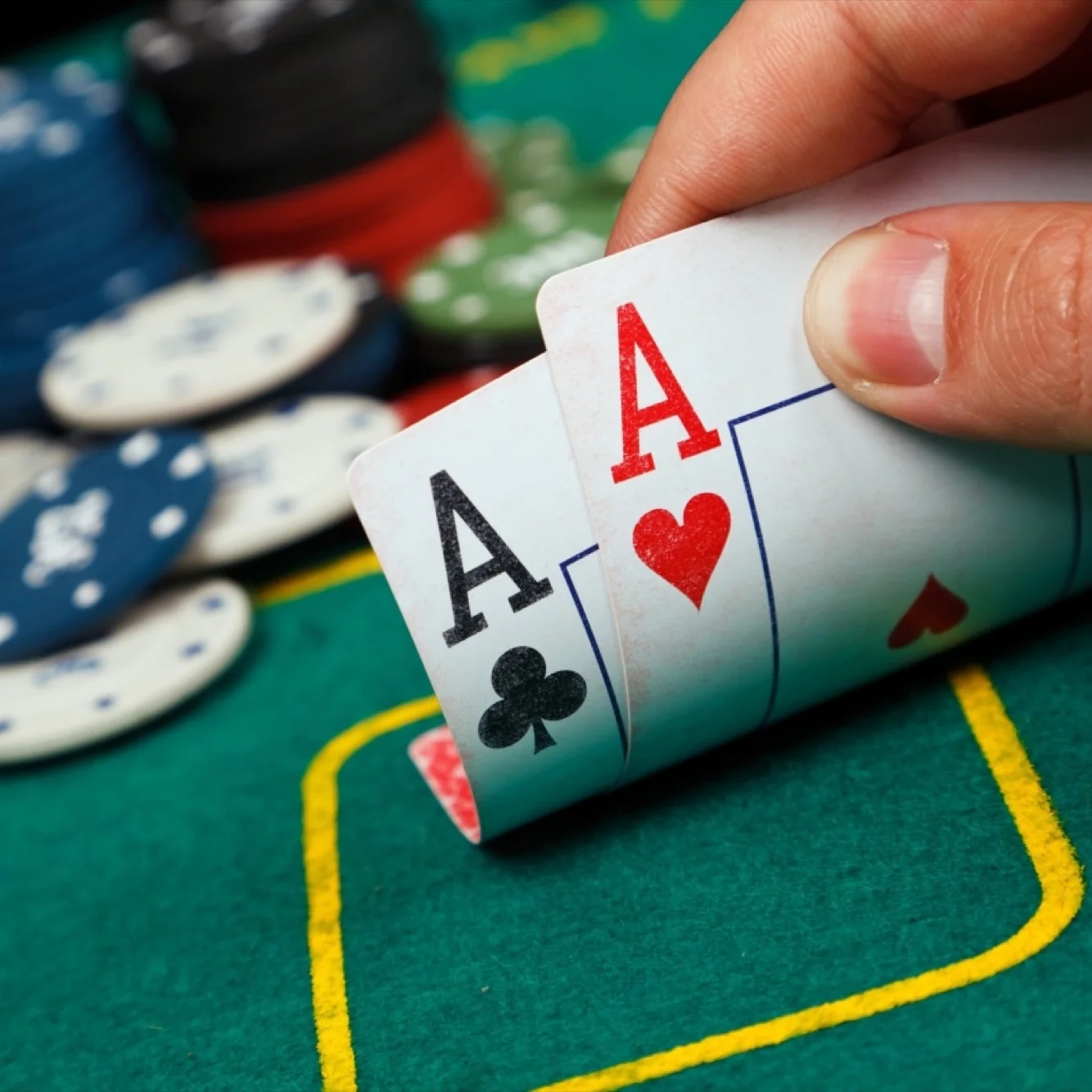Poker as a game represents the evolution of a variety of games and has long been one of the most popular card games, enjoyed by millions in casinos, home games, and online. Major platforms like PokerStars and Partypoker allow anyone over 18 to play cash games and tournaments 24/7 against players around the world. While poker is often seen as a game of skill, the inherent randomness in short-term outcomes, combined with digital platforms that are optimized to exploit cognitive biases and encourage prolonged play, create an alluring and potentially addictive experience that can trap even players who see themselves as strategic and rational.
Central to poker’s addictive potential is the way it uniquely blends skill and luck. In any given hand, a player can make the strategically optimal decision and still lose to a statistically unlikely draw. Over a large sample size, skill wins, but in the short-term, anything can happen. This creates an incredibly addictive dynamic where players always feel they have agency and control, even as they are at the mercy of random card distributions. For example, when I played an online version of no-limit Texas Hold’em using a platform called PokerNow, I felt like I played brilliantly whenever I won a big hand; however, when I lost, I marked it as just bad luck.

In this hand, I put all of my (fake) money in before the last card (the river) came out. With a Queen-high flush against a pair of Kings with a King of diamonds, I had an 84% chance of winning. Essentially, my opponent had to hit 1 out of the 6 remaining diamond-suited cards in the deck while I would win on any other runout. When I ended up losing, my first thought was “this is terrible luck; if I keep playing this way, I will win eventually,” not “I need to stop playing this game.”
The mechanics of poker, particularly the betting rounds and the community cards, create numerous decision points that reinforce the illusion of control. Players must decide whether to bet, raise, call, or fold on each street (pre-flop, flop, turn and river) based on their cards and the changing community cards. In this specific hand example, as well as many others, this series of decisions I made led me to attribute my results to skill over luck. Essentially, poker players can always point to their choices as the reason for the outcome, even when random card draws were the dominant factor. As noted by Schull in Addiction by Design: Machine Gambling in Las Vegas, gamblers are drawn in by a “sense of anticipation that…doesn’t make sense” and persist in “taking risks that aren’t feasible.” Poker provides the perfect environment for these cognitive distortions to grow.
Compared to other games of chance, poker’s blend of skill and luck can make it especially addictive. In roulette or craps, for instance, players have no control over the outcome once the ball is spun or the dice is thrown. Slot machines offer a thin layer of interactivity with buttons and levers, but players ultimately have no skill-based influence on the randomly generated results. However, as demonstrated, poker presents players with constant decisions that seem to influence outcomes, even as the game’s short-term results are heavily shaped by chance. Therefore, this illusion of control is what makes poker so psychologically compelling and potentially addictive.
Adding to this risk of addiction is the way chance is packaged and presented in poker, especially in its online format. Similar to slot machines, the visual and auditory cues are carefully designed to heighten excitement and keep players engaged. Winning hands trigger animations of tumbling chips and celebratory sounds. The cards and betting interfaces are sleek and colorful. Poker sites will even personalize the “luck” messaging, showing players how many bad beats they’ve suffered or big hands they’re due for. These design elements exploit the way our brains respond to unpredictable rewards, keeping us engaged in the chase for the next dopamine hit from a winning hand. The random reinforcement of poker, where wins are intermittent and unpredictable, is a key factor in its addictive potential.
Moreover, “zoom” tournaments and “fast-fold” cash games allow players to jump immediately to a new hand whenever they fold, removing all downtime between hands. Some players report playing on multiple tables and even multiple sites at once, playing thousands of hands per hour. The adrenaline and dopamine hits from constant gambling stimuli become hard to resist. Once again, as described in Addiction by Design: Machine Gambling in Las Vegas, “Once you’re hooked in, something else kicks in to keep you there; all trains of thought are evacuated and only one dominates.” For compulsive poker players, this “something else” is playing the next hand.
Although I do not encourage or condone any forms of gambling, based on poker’s current dynamics and mechanics, one potential change that could potentially increase the game’s addictiveness is to introduce a new type of tournament structure designed to keep players engaged for longer periods. For example, in the context of online poker, if a platform could introduce leaderboards or achievements tied to knocking out players in a tournament, it could tap into the psychological pull of social comparison and status seeking.



